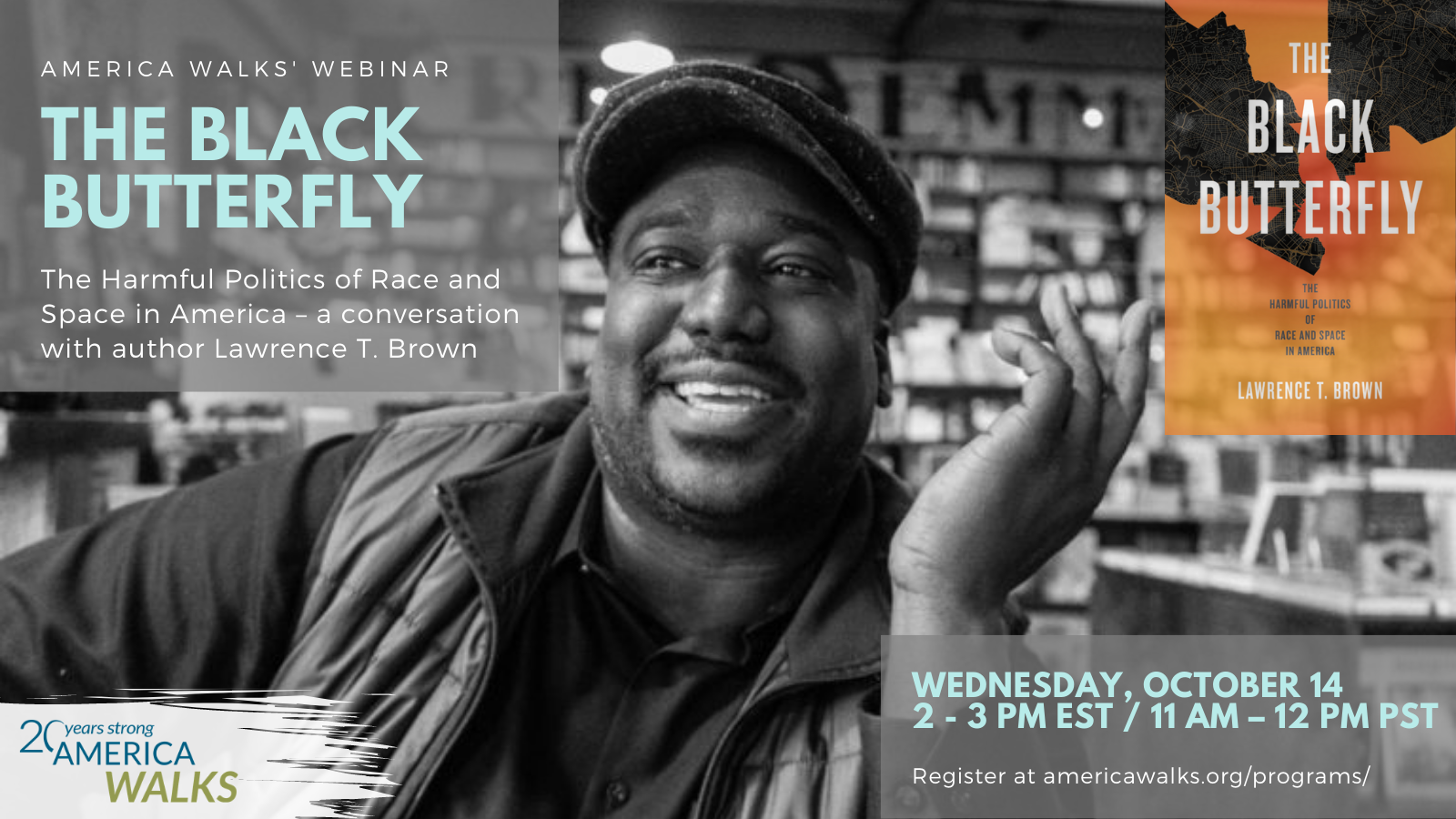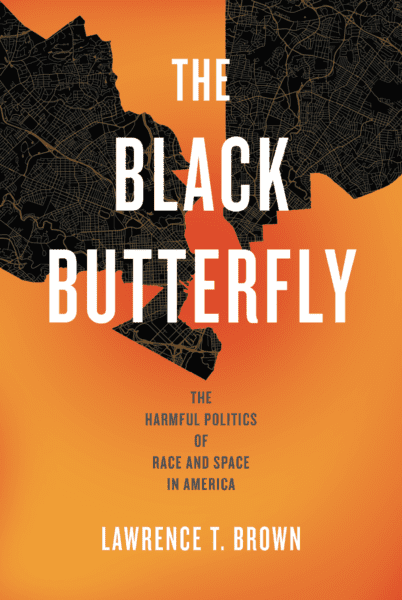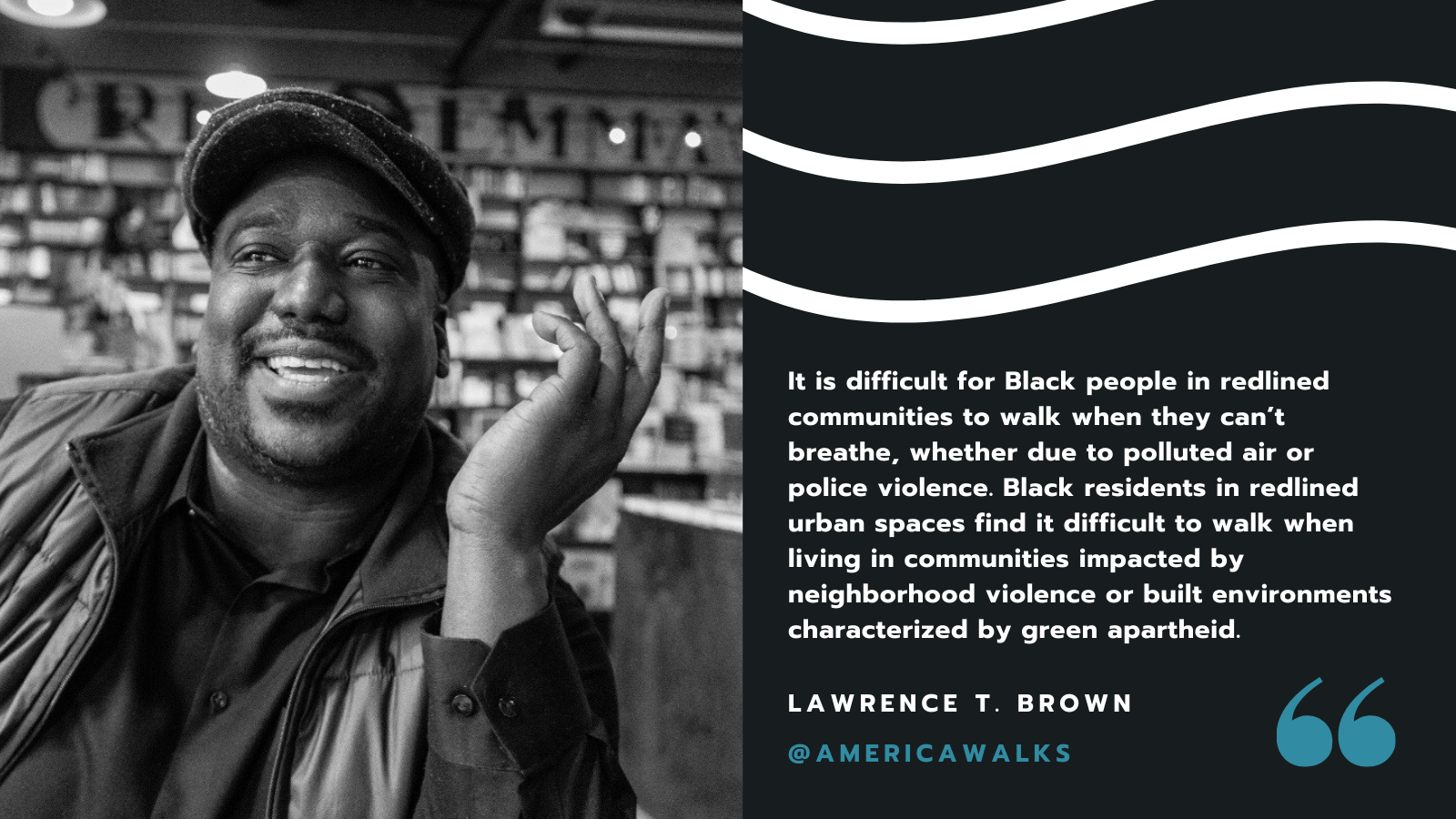
This is a guest blog written by Lawrence T. Brown, the proud grandson and son of Mississippi Delta sharecroppers and preachers. Lawrence is a visiting associate professor at the University of Wisconsin. His research examines the impact of historical trauma on community health. In June 2018, he was honored by OSI Baltimore with the Bold Thinker award for sparking critical discourse regarding Baltimore’s racial segregation. His first book The Black Butterfly: The Harmful Politics of Race and Space in America will be published by Johns Hopkins University Press in late January 2021. This is an excerpt of the book. Watch the webinar featuring Lawrence, his new book and his work – by clicking here.
Since 2015, the term racial equity has increasingly become a popular buzzword in many philanthropic and government circles, coinciding with the rise of the Movement for Black Lives and #BlackLivesMatter. It has become fashionable, even popular, for public officials and philanthropic organizations to place the label “racial equity” on their work while having little understanding of the precise ways Black neighborhoods were redlined or how racial segregation has been enforced and maintained. After declaring themselves to be staunch racial equity advocates, both politicians and philanthropists happily laud themselves for doing “good work” without clarity concerning what racial equity means.
Given the persistence and permanence of American racism, clarity about what racial equity is and why it is needed to make Black neighborhoods matter is vitally important. The reason government and organizations must foster racial equity across the nation is not to “help” Black neighborhoods nor out of a fuzzy sense of moral obligation. Racial equity is required to dismantle American Apartheid, which continues to damage thousands of Black neighborhoods across the nation.
To chart a path forward so that Black neighborhoods can thrive, an honest examination of American history is needed. Racial equity is needed to dismantle spatial racism (a process) and produce spatial equity (the outcome). Racial equity is required to restore Black neighborhoods, underdeveloped by a long history of deliberate public and private policies, practices, systems, and budgets. An authentic racial equity strategy will foster healing from past harms and support collective self-determination for the future.
Today, many Black neighborhoods at the core of hypersegregated metropolitan areas remain deeply redlined and deprived of capital access. People living these communities are confronted with everything from additional toxic pollution to a lack of green infrastructure (i.e. tree canopy, parks, flowers, shrubs, plants, etc.). It is difficult for Black people in redlined communities to walk when they can’t breathe, whether due to polluted air or police violence. Black residents in redlined urban spaces find it difficult to walk when living in communities impacted by neighborhood violence or built environments characterized by green apartheid.
Because of America’s spatial racism, White neighborhoods and spaces are imagined as thriving and superior while Black neighborhoods and spaces are deemed as doomed and inferior. This has impacts for urban planning and the allocation of resources. To chart a path forward so that Black neighborhoods can thrive, an honest examination of American history is needed. Racial equity is needed to dismantle spatial racism (a process) and produce spatial equity (the outcome).
Racial equity is required to restore Black neighborhoods, underdeveloped by deliberate public and private policies, practices, systems, and budgets. An authentic racial equity strategy will foster healing from past harms and support collective self-determination for the future. Implementing racial equity as a process or a strategy means building community wealth and boosting health without displacing existing residents. It means establishing budgets that equitably fund green infrastructure, clean air, violence prevention, and recreation centers. It also means stopping police violence so Black people won’t be subjected to Walking While Black. It means protected bike lanes or transit lanes that are designed and installed with Black neighborhoods at the center. It also means putting strong measures in place to prevent gentrification as such bike lanes are often viewed with skepticism rooted in the repeated uprooting of Black neighborhoods.
All Americans can walk equally when racial equity is made a reality!
Register for our upcoming webinar featuring Lawrence, his new book and his work, by clicking here.


